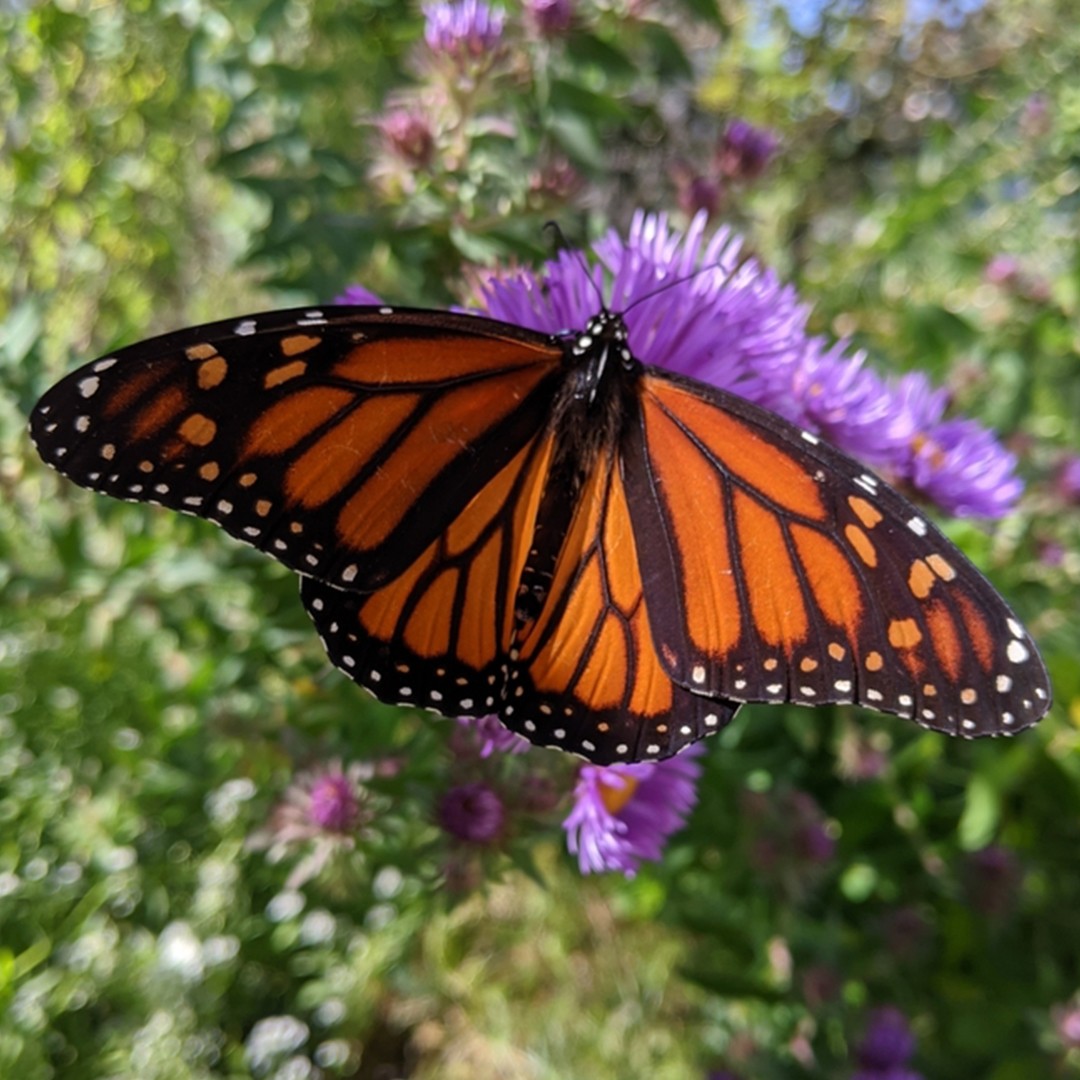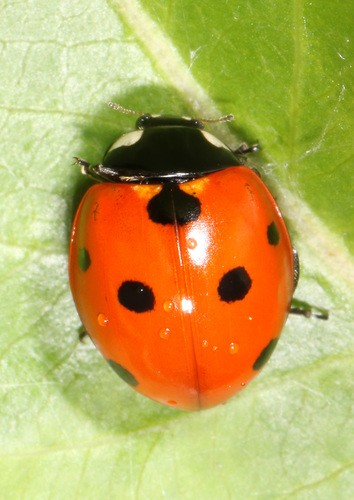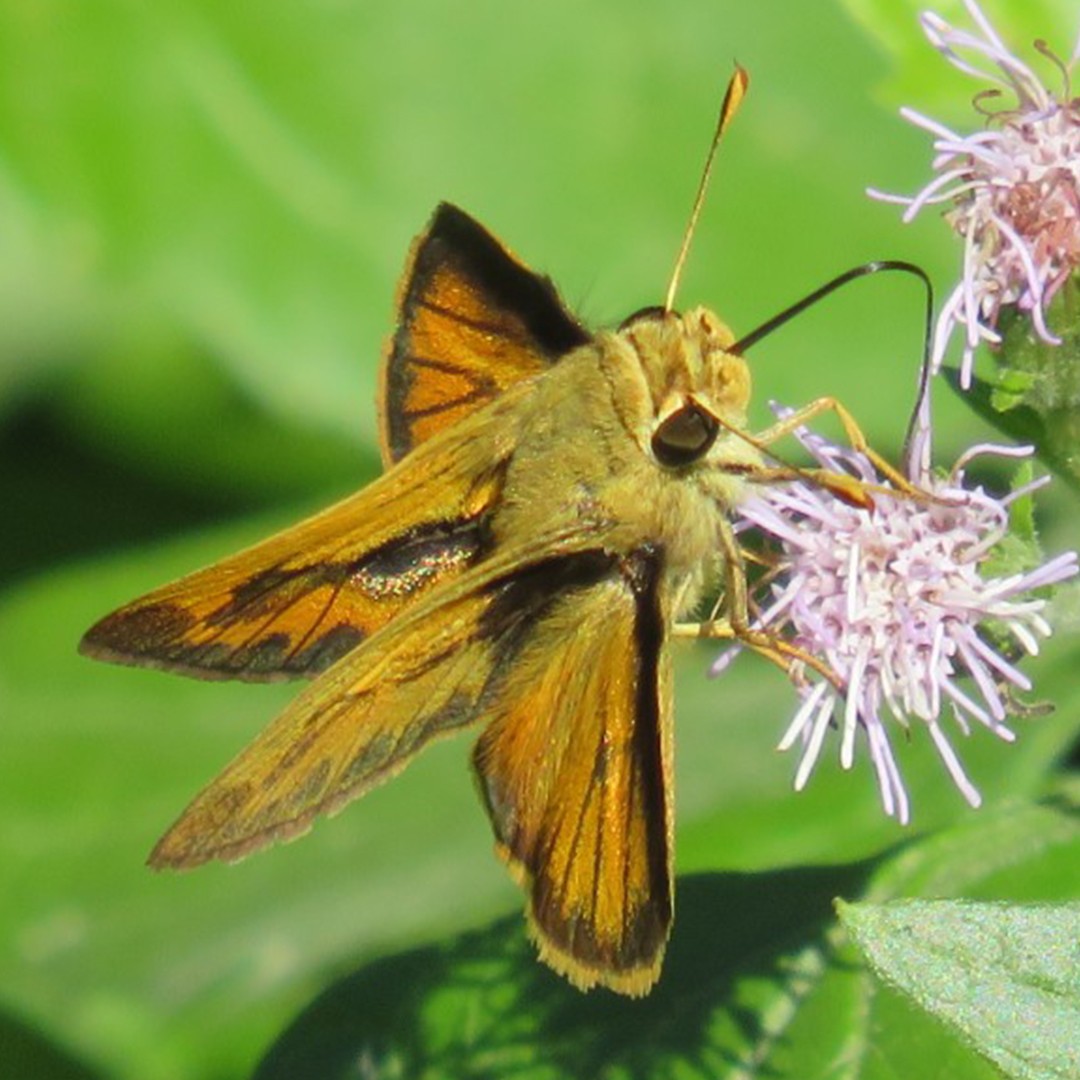Top 20 Most Common Insects in Palo Alto
Palo Alto, home to many insects, is buzzing with life! Insects, identified by their three-segmented bodies and usually, wings, survive in different nooks of our city, Palo Alto. These tiny beings play crucial roles in the ecosystem, including pest control and pollination. Understanding the balance between Palo Alto's environments and its insect inhabitants is intriguing. So, let's delve into the top 20 most common insects in our city.
Most Common Insects

1. Western honey bee
Western honey bee(Apis mellifera) is the most common species of honeybee in the world. Among the first domesticated insects, its cultural and economic impact on humanity has been vast and far-reaching, providing honey, wax and its services as a pollinator. Western honey bee faces challenges worldwide, such as colony collapse disorder, and populations are thought to be decreasing.

2. Monarch butterfly
The monarch butterfly (Danaus plexippus) is the most recognizable butterfly in North America. It is best known for its appearance, but should be better known for the fact that it has a 3000-mile migration that takes the butterfly 4 generations to complete. Their diet is also a natural deterrent for predators, as they eat milkweed, a poison that induces vomiting.

3. Seven-spotted ladybug
Seven-spotted ladybug (Coccinella septempunctata), known in North America as the "seven-spotted ladybug," is the most common species of ladybird in Europe and the official state insect of five U.S. states. While not native to North America, it has established itself there after being introduced to control aphid populations. Its bright coloring deters predators, and it may also play dead or secrete foul-smelling liquids to discourage consumption.

4. Anise swallowtail
The anise swallowtail (Papilio zelicaon) is often confused with the Tiger swallowtail. They are differentiated by being smaller in size and lacking the stripping patterns. They like flat plains or hills and are often seen hanging around the vacant lots of towns.

5. Cabbage white
Cabbage white (Pieris rapae) derives its common name from its habits as a caterpillar, which is a ferocious pest for cabbage, kale and broccoli farmers. In North America, it is one of the first butterflies to emerge in spring, heralding the beginning of the season.

6. California Gall Wasp
The california Gall Wasp ( Andricus quercuscalifornicus ), is known for its ability to induce galls on oak tree stems. The galls form a persistent shelter for various kinds of fungi as well as many other insects. If it wasn’t for the reproduction, they would stay in the galls forever.

7. Convergent lady beetle
The convergent lady beetle (Hippodamia convergens) is one of the most common lady beetles in North America, which is a great thing given that it is a common biological control agent of aphids. They lay a good chunk of eggs over a couple of months. If you have ever seen a small, black alligator-like insect, you may have seen one of its larva.

8. Painted lady
The painted lady is a migratory butterfly that spends part of the year in Northern Africa and then migrates to Europe during the warmer months. Although the adults feed on nectar from flowers, the larvae feed on the leaves of nettles and thistles.

9. Vivid dancer
The scientific name of the species was first validly published in 1865 by Hagen in Selys.

10. Common Pill-Bug
The common Pill-Bug is a nocturnal woodlouse species that's fairly popular among hobbyists and sometimes kept as a pet. When disturbed, this small bug rolls into a ball, resembling a pill or armadillo, hence both its Latin and common English names. Compared to other Armadillidium species, this one is able to withstand drought more than any other. 
More









